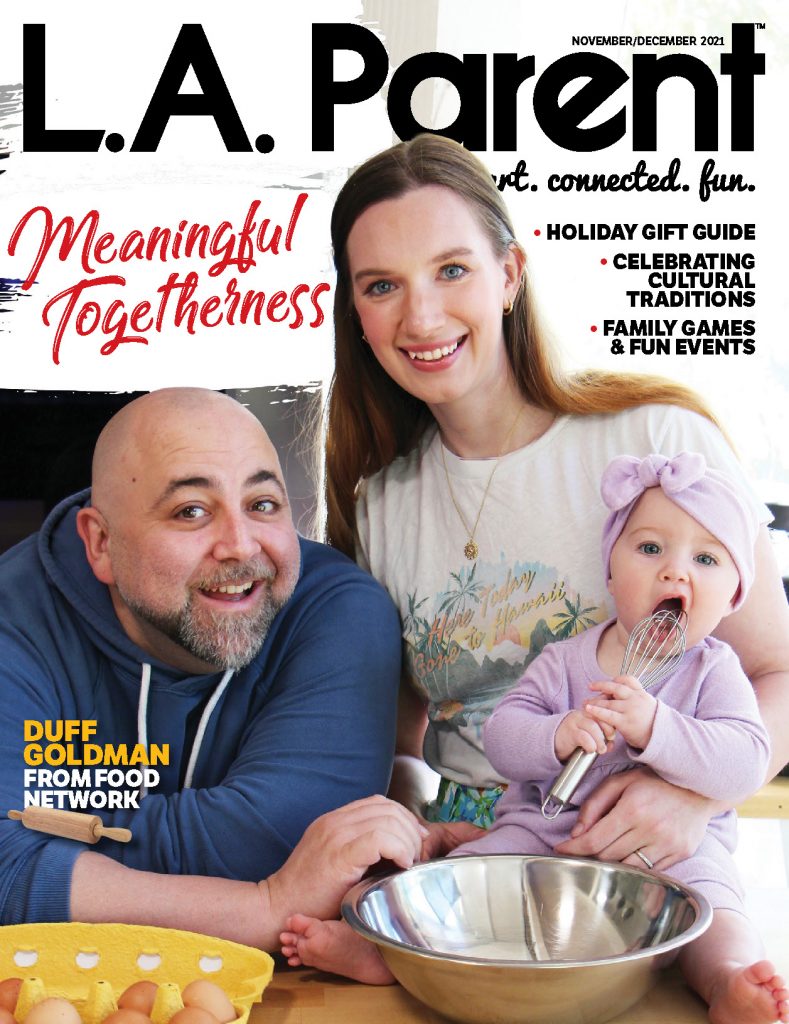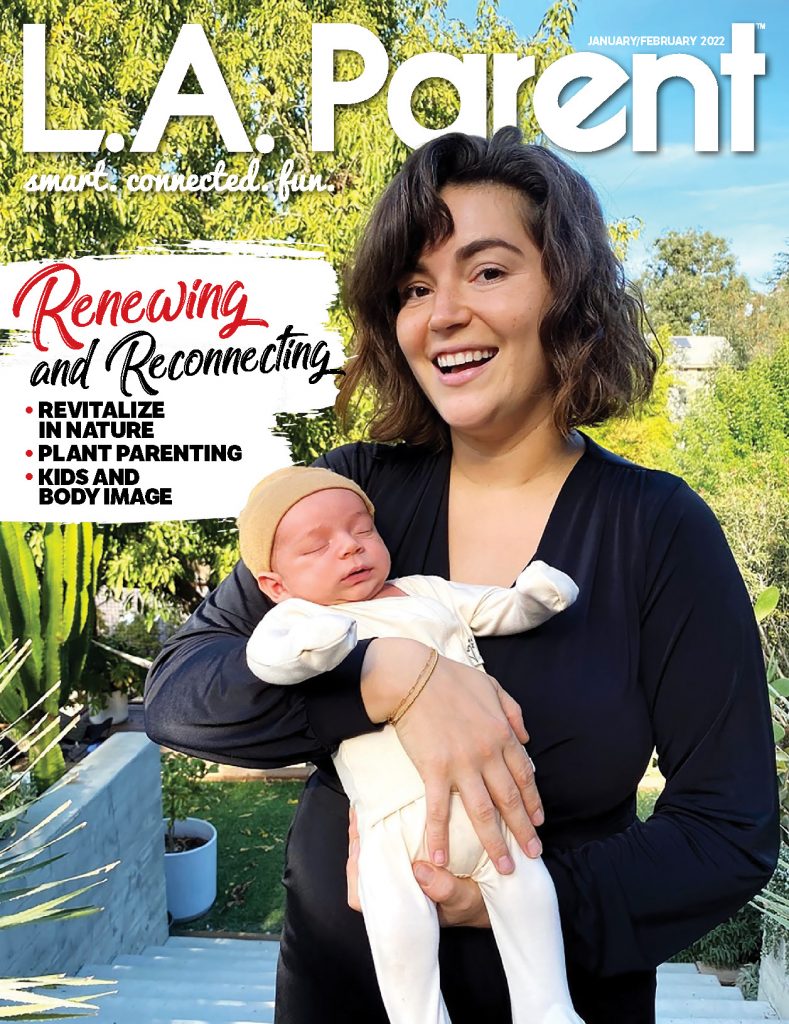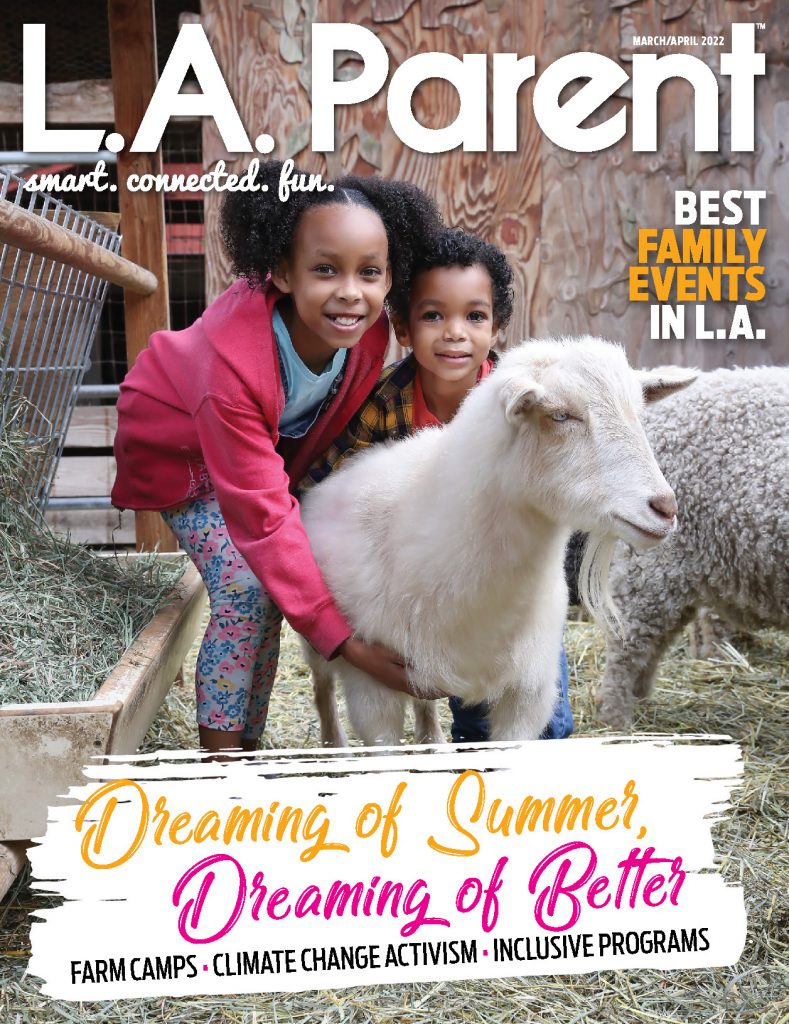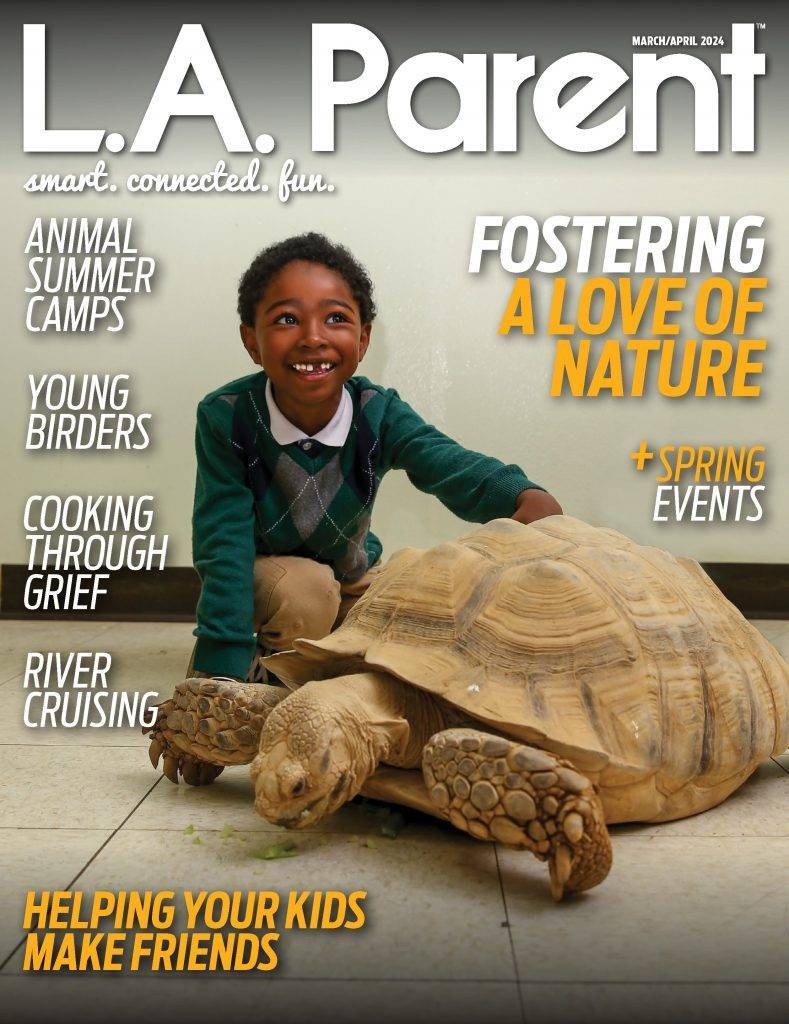
Shane McKaskle created “Benny’s Story” with fellow animators from Exceptional Minds Studio. PHOTO COURTESY EXCEPTIONAL MINDS
TV’s “Sesame Street” has long been populated with flightless birds, singing frogs, cuddly monsters and children of all sorts. And as the number of children diagnosed on the autism spectrum continues to grow in the world at large, they are coming to Sesame Street as well.
To help out with the “Sesame Street and Autism: See Amazing in All Children” initiative, Sesame Workshop turned to a neighborhood in Sherman Oaks, and the students at Exceptional Minds Studio. The studio is a nonprofit vocational center where young adults with Autism Spectrum Disorders train for careers in visual effects and digital animation.
Sesame’s creative and production teams started with brainstorming sessions at the Exceptional Minds campus, then encouraged Exceptional Minds students to present their ideas. “They picked my idea, and I was pretty thrilled with that,” says animator Shane McKaskle, who then worked with other artists at Exceptional Minds to create “Benny’s Story,” an animated short about a typical grade-school child with autism.
In the story, Benny tells viewers, “I might seem a little different, but we’re all different.” And Exceptional Minds Program Director Ernie Merlán says that this, more than autism, was the main focus of the project for McKaskle. “It had to do with that we’re all different, and it’s OK for us to be different,” he says.

Benny, left, created by Shane McKaskle, is a little boy on the autism spectrum who is different in his own way.
“In a good way, not in a bad way,” McKaskle adds.
McKaskle, who worked on the animation and also voiced the character of Benny, admits that his own experience as someone with autism factors into the story. “When I was a kid, it was like with Benny. I, too, didn’t like loud music,” he says. McKaskle adds that Benny and the other geometrically shaped characters in the video look a lot like the finger puppets he enjoyed playing with as a child – many of which were Sesame Street characters.
The collection of videos includes live-action vignettes about kids with special needs and their families, segments with Sesame Street characters and children together, and animation. Some are targeted directly at kids, while others are more for parents, but all focus on the differences among kids on the spectrum – and how amazing these kids can be. The initiative also encourages families of these special kids to share their stories under the hashtag #SeeAmazing.
“Benny’s Story” in particular was created to help kids understand that people with autism might be different, but aren’t scary. “They’re just people like everyone else,” McKaskle says. “I wanted kids to know the truth of autism.”
View the videos and other resources for families at www.autism.sesamestreet.org.






































